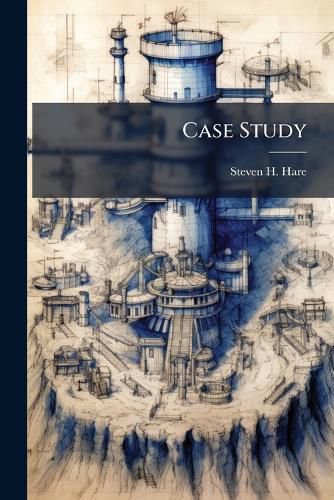Readings Newsletter
Become a Readings Member to make your shopping experience even easier.
Sign in or sign up for free!
You’re not far away from qualifying for FREE standard shipping within Australia
You’ve qualified for FREE standard shipping within Australia
The cart is loading…






This case study evaluates the future of joint intra-theater tactical airlift and distribution, with emphasis on the need for a Future Cargo Aircraft (FCA)/Light Cargo Aircraft (LCA), and the struggle between the US Army and the US Air Force for the intra-theater light cargo tactical airlift mission. The intent of this study is to evaluate the secondary and primary problems of the military's intra-theater tactical airlift gap and address the premises and validity of each issue. Secondly, this case study will evaluate internal and external influence affecting the primary problem and the future environment, in which a light tactical aircraft will be required. Thirdly, this evaluation will analyze key players behind the issue and analyze the perspective of the decision makers. Finally, this study will provide pros and cons of alternate solutions and provide a recommended solution, along with the justification and risk associated.
This work has been selected by scholars as being culturally important, and is part of the knowledge base of civilization as we know it. This work was reproduced from the original artifact, and remains as true to the original work as possible. Therefore, you will see the original copyright references, library stamps (as most of these works have been housed in our most important libraries around the world), and other notations in the work.
This work is in the public domain in the United States of America, and possibly other nations. Within the United States, you may freely copy and distribute this work, as no entity (individual or corporate) has a copyright on the body of the work.
As a reproduction of a historical artifact, this work may contain missing or blurred pages, poor pictures, errant marks, etc. Scholars believe, and we concur, that this work is important enough to be preserved, reproduced, and made generally available to the public. We appreciate your support of the preservation process, and thank you for being an important part of keeping this knowledge alive and relevant.
$9.00 standard shipping within Australia
FREE standard shipping within Australia for orders over $100.00
Express & International shipping calculated at checkout
This case study evaluates the future of joint intra-theater tactical airlift and distribution, with emphasis on the need for a Future Cargo Aircraft (FCA)/Light Cargo Aircraft (LCA), and the struggle between the US Army and the US Air Force for the intra-theater light cargo tactical airlift mission. The intent of this study is to evaluate the secondary and primary problems of the military's intra-theater tactical airlift gap and address the premises and validity of each issue. Secondly, this case study will evaluate internal and external influence affecting the primary problem and the future environment, in which a light tactical aircraft will be required. Thirdly, this evaluation will analyze key players behind the issue and analyze the perspective of the decision makers. Finally, this study will provide pros and cons of alternate solutions and provide a recommended solution, along with the justification and risk associated.
This work has been selected by scholars as being culturally important, and is part of the knowledge base of civilization as we know it. This work was reproduced from the original artifact, and remains as true to the original work as possible. Therefore, you will see the original copyright references, library stamps (as most of these works have been housed in our most important libraries around the world), and other notations in the work.
This work is in the public domain in the United States of America, and possibly other nations. Within the United States, you may freely copy and distribute this work, as no entity (individual or corporate) has a copyright on the body of the work.
As a reproduction of a historical artifact, this work may contain missing or blurred pages, poor pictures, errant marks, etc. Scholars believe, and we concur, that this work is important enough to be preserved, reproduced, and made generally available to the public. We appreciate your support of the preservation process, and thank you for being an important part of keeping this knowledge alive and relevant.